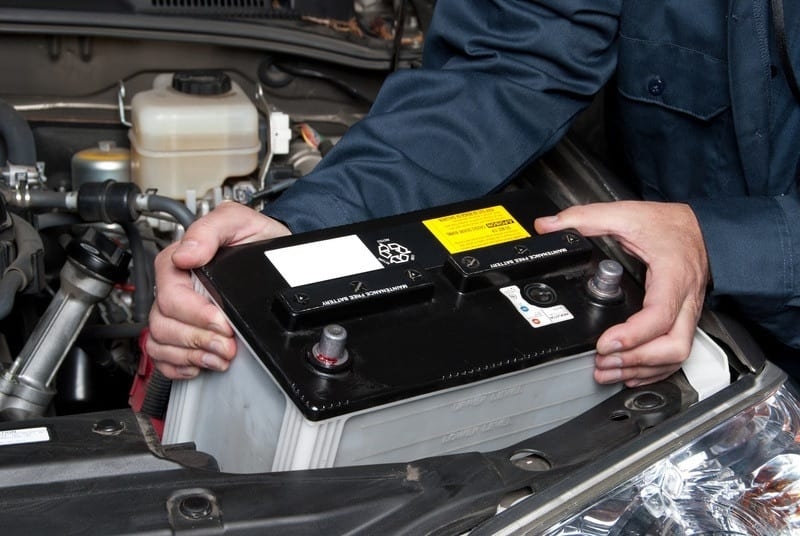
Important Things You Should Know About Your Car Battery
When it comes to starting any vehicle’s engine, it all begins with the car battery. Without a properly functioning battery, you and your car won’t get far at all, which make it important for any driver to have a basic understanding about how car batteries work, and what to do if your battery stops functioning. Below you’ll find a brief and informative guide to the basic function of a car battery, the ways you can determine when its time to change your battery, and what to do if you encounter a dead battery in your vehicle.
How a Car Battery Works
Your car battery is typically found under the hood of your car and is housed in a rectangular box which is made of non-conductive plastic for obvious safety reasons. All of the electrical components of your car, including the ignition, are initially powered by your battery. When the engine is turned off, your battery can power things like your headlights, radio and digital screens in more modern vehicles. When the engine is running, your battery draws a charge that keeps it powered for the next time you need it to start the car. Without a charged battery, you will be unable to start your car at all.
When you turn your key or press your ignition button, a reaction takes place in the battery that converts chemicals found in the battery into electrical energy. This energy is transferred from the battery terminals to the vehicle’s starter, allowing your spark plug to ignite the fuel in the engine so things can start running. Once the engine is running your battery acts as a power regulator for the car’s electrical system. This keeps any system from overloading and going dead, which is vital to the safe operation of any car.
Diagnosing a Dying Battery
If you suspect your battery is about to die after a few years, there are a few tell-tale signs that will help you determine how close your battery is to the end of its life. A typical car battery will last anywhere from 3 to 5 years depending on its quality and the amount of use it gets. As the battery starts to deteriorate, you may start to notice the following:
- The car’s engine is slow to start or turn over when you start it up at the beginning of the day.
- You notice a strange odour coming from under your vehicle’s hood. If you start to notice a sulfur, or rotten egg smell in particular, this is usually a good sign your battery is on its way out.
- Your battery starts to take an abnormal shape in its housing. A new battery will look perfectly rectangular, but over time this shape can get distorted.
- Fluid levels in the battery drop to less than optimal levels. You can take a look at the fluids inside your batter through the opaque casing.
- The battery is nearing its ‘expiry date’. Each battery has a 4 or 5 digit code printed on its side that tells you when it was made and shipped to the car manufacturer. The first digit in this code will be a letter which indicates the month the battery was made. A means January, B is February, C is March, and so on.
If you find yourself regularly in need of a boost for your battery in order to get your engine started, it is a good sign that the battery is no longer holding its charge. In this case, or if you notice any of the signs listed above, it is probably safest to visit the battery experts at Polar Battery to find a quality replacement for your old car battery. To find out more about our top quality battery selection, be sure to visit one of our store locations in Vancouver, Vernon and Kamloops, or visit our products page to browse our selection online.
